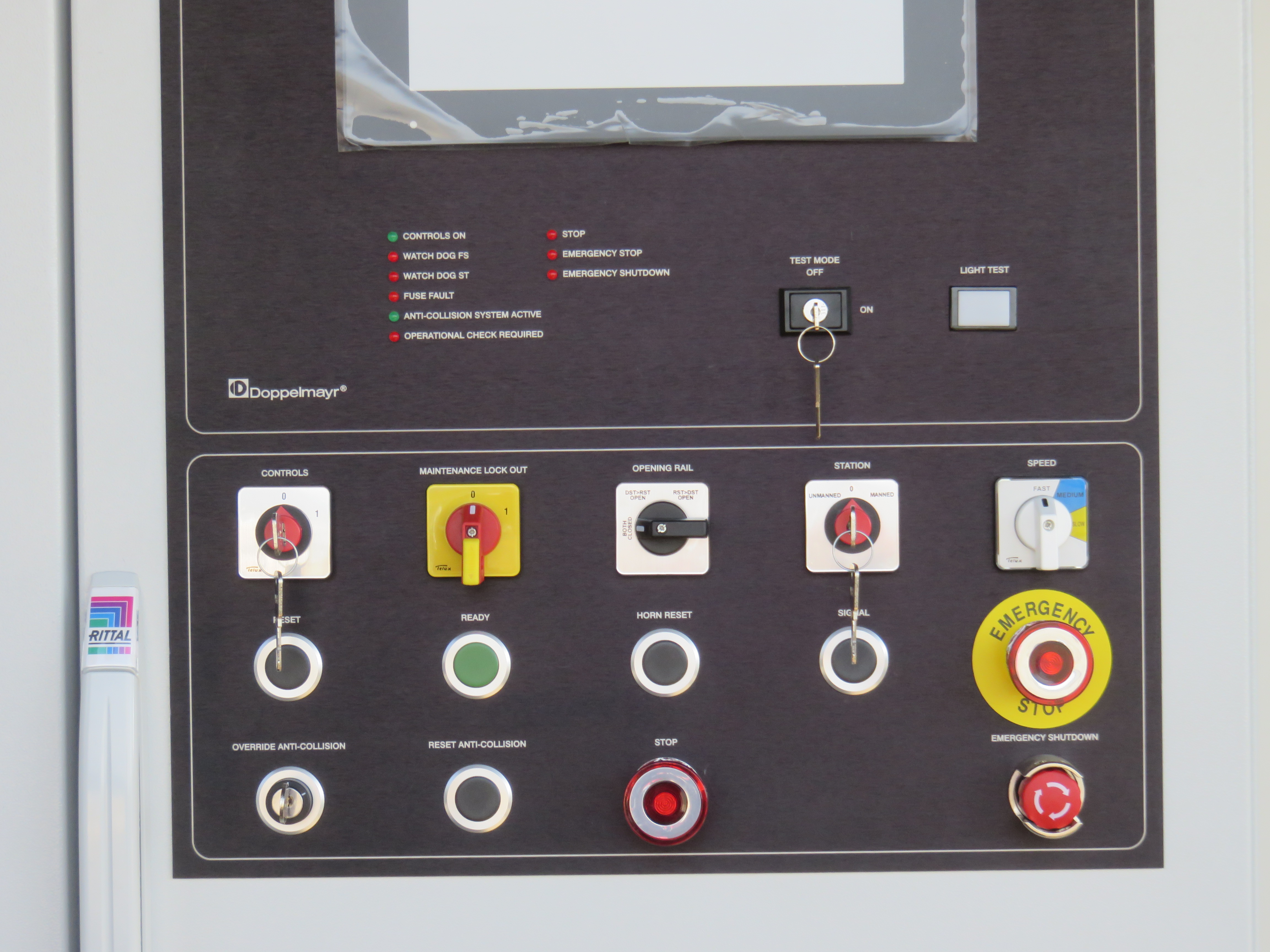To give you guys some perspective, here is what an operator will see control-wise in multiple places at each station. The fast-medium-slow selector (top right) is key when there is a loading issue. Each of these speed steps can be set to any value between zero and the lift's design speed. The goal is to keep the lift moving at full speed as much as possible. I'd say an average day on the gondolas I work at sees a couple stops and maybe a dozen slows. On a good day, a gondola with LWI (level walk-in) never stops.
The single largest source of stops is last-second loading at door closing, which can trigger a door fault, access control barrier stop, or both. Adding a second loading area at a single station merely adds another place for these problems to happen. In my opinion, there is already ample time to load and a 10-second slow of the line for someone with special needs is a better better approach than doubling the number of loading areas.
By the way, I came across this video today which really highlights the efficiency and "coolness" of gondolas. While not the exact system WDW is getting, anyone concerned about safety or efficiency of gondolas should watch and learn.

